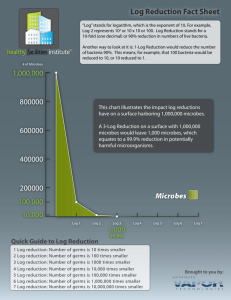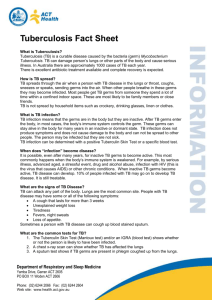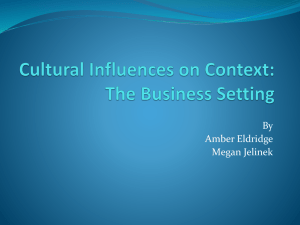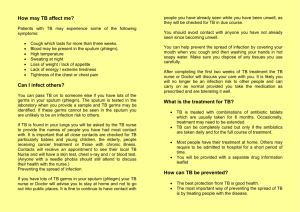Fist bump study
advertisement
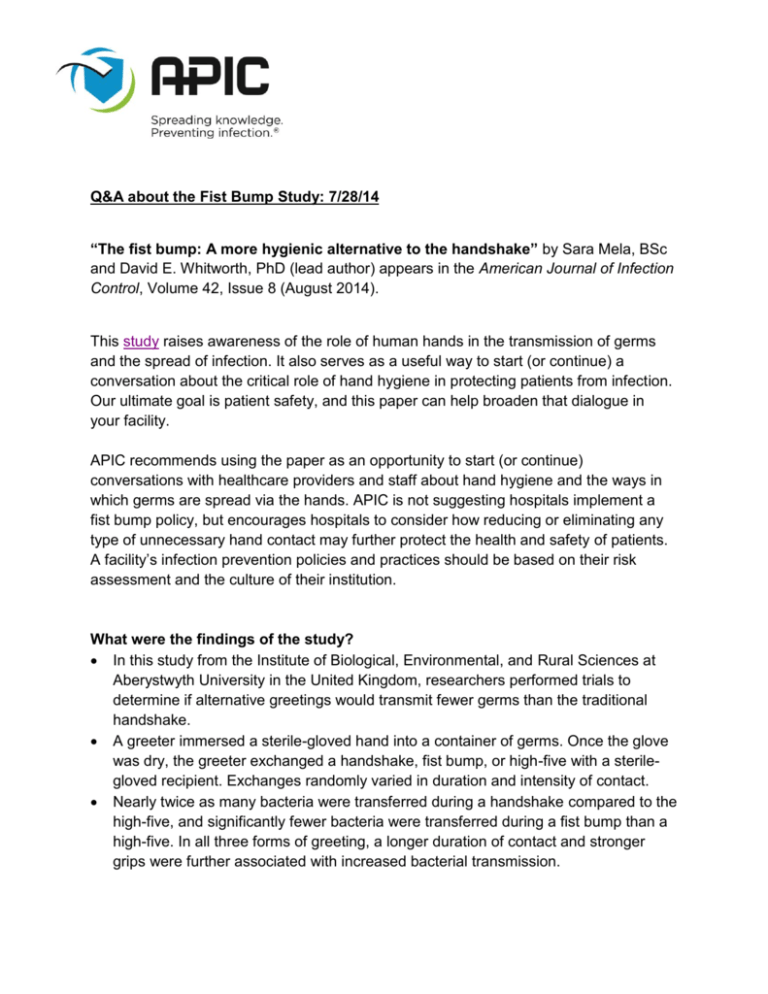
Q&A about the Fist Bump Study: 7/28/14 “The fist bump: A more hygienic alternative to the handshake” by Sara Mela, BSc and David E. Whitworth, PhD (lead author) appears in the American Journal of Infection Control, Volume 42, Issue 8 (August 2014). This study raises awareness of the role of human hands in the transmission of germs and the spread of infection. It also serves as a useful way to start (or continue) a conversation about the critical role of hand hygiene in protecting patients from infection. Our ultimate goal is patient safety, and this paper can help broaden that dialogue in your facility. APIC recommends using the paper as an opportunity to start (or continue) conversations with healthcare providers and staff about hand hygiene and the ways in which germs are spread via the hands. APIC is not suggesting hospitals implement a fist bump policy, but encourages hospitals to consider how reducing or eliminating any type of unnecessary hand contact may further protect the health and safety of patients. A facility’s infection prevention policies and practices should be based on their risk assessment and the culture of their institution. What were the findings of the study? In this study from the Institute of Biological, Environmental, and Rural Sciences at Aberystwyth University in the United Kingdom, researchers performed trials to determine if alternative greetings would transmit fewer germs than the traditional handshake. A greeter immersed a sterile-gloved hand into a container of germs. Once the glove was dry, the greeter exchanged a handshake, fist bump, or high-five with a sterilegloved recipient. Exchanges randomly varied in duration and intensity of contact. Nearly twice as many bacteria were transferred during a handshake compared to the high-five, and significantly fewer bacteria were transferred during a fist bump than a high-five. In all three forms of greeting, a longer duration of contact and stronger grips were further associated with increased bacterial transmission. The study offers an interesting look at these common forms of greeting and their potential for spreading germs. Not surprisingly, the experiment showed that fewer germs were transmitted with the fist bump presumably because fewer surfaces of the hands touched each other. Should patients and doctors change behavior based on this new research? This study opens the door for broader conversations about moving toward a “nohand contact” form of greeting. A wave, a bow, a head nod – some of these gestures offer the same aspect of greeting and respect, but involve no hand contact. We can’t abruptly stop shaking hands without having a conversation about why. This study helps us start (or continue) such discussions. We may also learn from other countries and cultures where handshaking is not customary. Do you recommend we all start fist-bumping with our doctors? APIC is not suggesting hospitals implement a fist bump policy, but encourages hospitals to consider how reducing or eliminating any type of unnecessary hand contact may further protect the health and safety of patients and providers. Our ultimate goal is patient safety, and this paper can promote that dialogue in your facility. We should be examining and discussing our traditional handshake greeting in the healthcare setting. If we want to replace the handshake with something else, we need to have conversations about the reasons for this: to protect both the health of patients and healthcare providers. Additional published studies Ghareeb PA, Bourlai T, Dutton W, McClellan WT. Reducing pathogen transmission in a hospital setting.Handshake verses fist bump: a pilot study. Journal of Hospital Infection 85 (2013) 321-323. Sklansky M, Nadkarni N, Ramirez-Avila L. Banning the handshake from the health care setting. JAMA. 2014;311(24):2477-2478. doi:10.1001/jama.2014.4675. Q&A for patients and family members about hand hygiene and infection prevention Who might need to be wary of shaking hands, and consequently spreading or receiving germs? Patients who are undergoing chemotherapy, or whose immune systems are compromised are always at higher risk for illnesses. Older people, people who have had surgery – where they have breaks in the skin – are also at higher risk for acquiring an infection from germs that might be on the hands. Also at risk are patients undergoing dialysis or those with other underlying medical conditions. Why is hand hygiene so important? The hands are a primary way that germs can be transmitted. All sorts of bacteria and viruses can be spread this way – from the germs that cause the common cold, to the germs that can lead to superbug infections that are very difficult to treat. Hand hygiene is one of the most important ways to prevent the spread of germs – both inside a healthcare facility – and outside in homes, schools, and the community. Washing with soap and water or using alcohol-based hand sanitizer products are effective ways to clean the hands. Every healthcare provider needs to cleanse their hands before and after providing care to prevent the spread of germs. If you haven’t seen your healthcare providers clean their hands, ask them to do so. It’s also very important for patients and visitors to clean their hands. This is one of the most important ways to prevent infection. What role do patients have in preventing infections? Should patients ask their doctors and nurses to wash up? Patients, family members, and visitors should absolutely speak up if they do not see healthcare providers clean their hands. Many hospitals have campaigns with “Ask Me” buttons – encouraging patients and family members to say something. If you have a question, ask your provider. A family member can often be your advocate and speak up for you. Doctors and nurses want to do the right thing. They want you to ask if you are uncertain. Go to www.apic.org/infectionpreventionandyou to get tips and tools on staying safe from infections. ###


